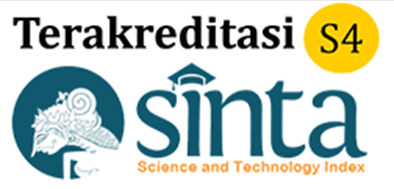Evaluasi Kinerja Rumah Sakit Islam Ibnu Sina Padang Panjang Menggunakan Perspektif Balance Scorecard
DOI:
https://doi.org/10.24036/publicness.v2i4.141Keywords:
Balance Scorecard, Performance Evaluation, HospitalAbstract
Padang Panjang with the Balance Scorecard model which describes hospital performance in 2021-2022. This research was conducted using a mixed methods method using a case study at the Ibnu Sina Islamic Hospital, Padang Panjang. The data used in this research is primary data through questionnaires and secondary data through observation and document review. Performance measurement using the Balance Scorecard method includes four perspectives, namely financial, customer, internal business processes, growth and learning. The results of measuring the performance of Ibnu Sina Islamic Hospital Padang Panjang in 2021-2022 from a financial perspective are very good. From a customer perspective: patient satisfaction and patient retention are good, patient acquisition is not good. Internal business process perspective: (BOR), (ALOS), (BTO) and (TOI) are not good. Growth and learning perspective Employee satisfaction, turnover and employee productivity are good, employee training is still not good. Of the 15 performance indicators measured, 9 indicators have reached the standard/target (60%), while the other 6 indicators (40%) have not reached the standard/target.
Downloads
Published
Issue
Section
License
Copyright (c) 2023 PUBLICNESS: Journal of Public Administration Studies

This work is licensed under a Creative Commons Attribution 4.0 International License.












